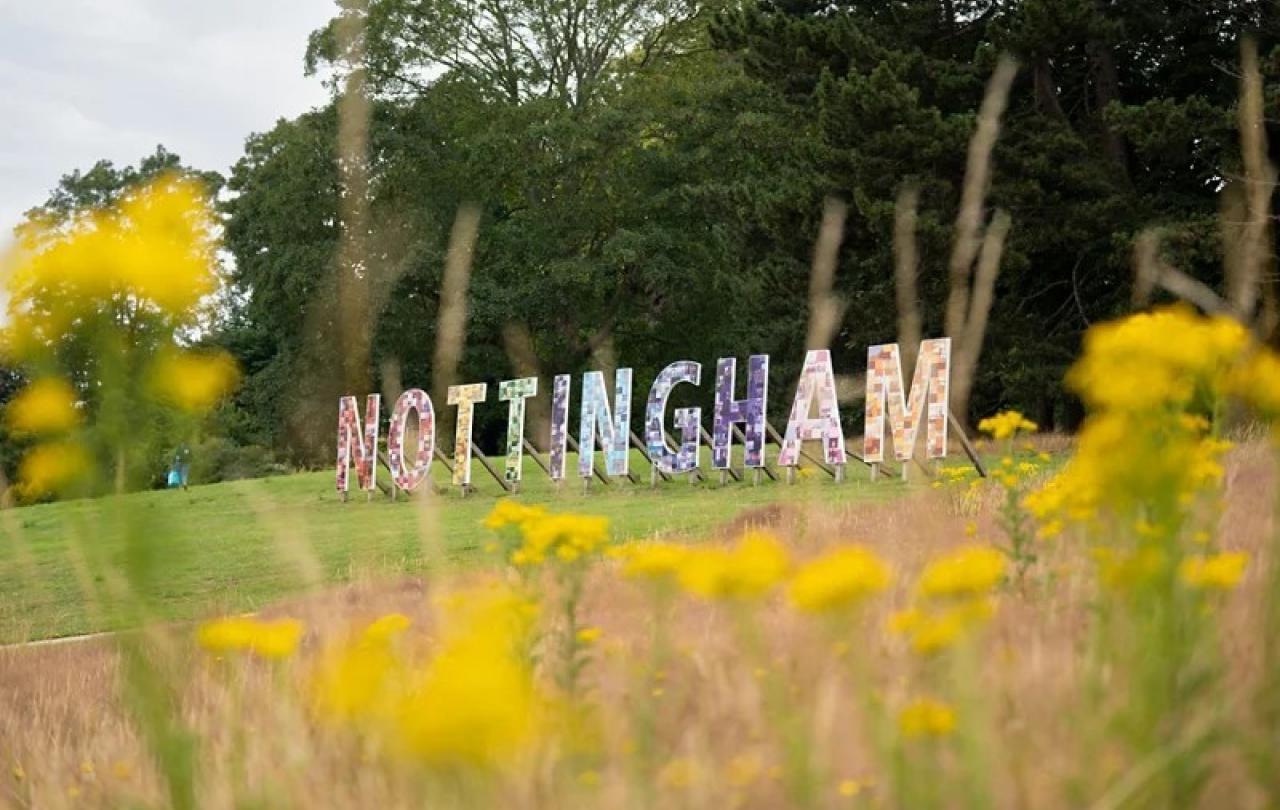
From the very beginning, the church has contended with a conspiracy theory about its central claim – that Jesus rose from the dead. Philosopher MRX Dentith says a conspiracy theory can be any interpretation of an event which cites a conspiracy as a chief cause. Of course, it’s more complex than this. Conspiracy theories today have moral and political consequences. They also carry social stigma. But, at least in this limited way, you can see how Christianity and conspiracy theory have always related to one another.
The church’s earliest witness to the resurrection emerged alongside a counter-narrative that claimed his disciples stole the body. In other words, a conspiracy theory. Gospel writer Matthew explains how the chief priests paid off the Roman guards, who were keeping an eye on the tomb of Jesus, with a story. The story seemed legitimate because people trusted the authority of the priesthood. This proved to be a potent connection. Some 40-70 years later, Matthew tells his readers, “so they took the money and did as they were directed; and this story has been spread among the Jews to this day.” This dynamic repays careful consideration as conspiracy theories take root in Christian communities today.
Ceding the secular criticism
It’s not hard to sympathize with those who are critical about a perceived link between a Christian imagination and a commitment to conspiracism which, in turn, breeds political extremism. Sociologically, research continues to confirm this link. But I’ve also heard it expressed like this. “If you actually believe that Jesus of Nazareth is the resurrected Son of God” some say, “then why wouldn’t you also believe there’s a pedophilia ring operating out of a Washington D.C. pizza parlor?”
In this criticism, the resurrection of Jesus is implicated as being just as irrational as the QAnon conspiracy theory. In this sense, Q, the originator of the eponymous conspiracy theory, and Christ seem to hang together in their delusions. Is there anything which can separate them? Edgar Welch heard enough. He had just spent three days deep in the QAnon rabbit hole watching video after video. Now, he decided, was the time to act. Grabbing his AR-15, he drove to the DC pizza joint Q claimed (and he believed) was a front for a Democrat pedophilia ring. But he never found the pedophilia ring. The only thing he found was a four-year prison sentence.
Taking the claims of Jesus seriously invites us to consider an empty tomb in place of a pizza parlor. But, unlike Welch, this isn’t a place to which we can drive. I think David Bentley Hart is right when he observes there is something “positively absurd” in balancing the “whole edifice of eternal truth” on a “fleeting temporal episode” that occurred over the course of one weekend in Jerusalem. And without the fantasy of a time machine, without the possiblity of pure historical reconstruction, we stand looking across this void, wondering what exactly to make of the scandalous possibility of an empty tomb.
The church exists in this void.
The church, if it is anything, is a sustained witness over time to an event and its meaning. Both of these matter. The church continues to interpret an incredible event: Jewish women showed up that Easter morning expecting to find Jesus’ body, and didn’t. But this event, to which the church attests, that of an empty tomb, is nothing without its meaning. The historical record alone can’t provoke the crisis which invites us to consider Jesus as anything more than a Jewish itinerrant rabbi excecuted by Rome as an insurrectionist. But the church's witness exists to provoke this crisis. It’s the same crisis obscured in Matthew’s time, as he reminded his readers that many people still believed the narrative of the authorities.
Like the earliest witness to the resurrection, it is faith in the risen Lord that constitutes and determines the church, not merely the fact of an empty tomb. Many want to disrupt conspiracy theory in the church on rational grounds, without realizing that the central claim of the church itself can’t completely rest on this plot of land. This is why I so appreciated Alistair McGrath article on this site about the place of the Creeds in fuelling the Christian imagination.
The Christian faith can’t be judged solely in rational terms without ceasing to be faith. And so, Christians cannot cede the resurrection of Jesus to the standards of rationality or bare history. But they can admit the criticism of outsiders who note that the Christian imagination can get bound up in an extremism in which conspiracy theories play a significant part. This is a moral and theological problem. But it has a solution.
Whether the Salem Witch Trials of the early Americas, or communist conspiracy theories of the Cold War, a theological imagination lent these claims a potency which allowed them to persist within Christian community.
Many conspiracy theories find a home in Christian communities today because of a certain Christian view of the world, not despite it. I call this view “theological paranoia”. It’s not a clinical diagnosis but a descriptive characterization. It shows how Christians of all theological persuasions can become purveyors of political conspiracy theory. History tells us as much, and theology is bound up in this problem. Whether the Salem Witch Trials of the early Americas, or communist conspiracy theories of the Cold War, a theological imagination lent these claims a potency which allowed them to persist within Christian community. Perhaps the chief conspiracy of this Christian imagination is Satan’s war on the faithful in the world. It gives Satan too much power. But such is the imagination of theological paranoia.
Conspiracy theories become plausible in Christian communities where theological paranoia has been constructed upstream. This happens in a few ways. One way is seeing the conflict between the kingdoms of Christ and Satan underlying every argument, every distressing event. Another way is through uninterrogated institutional commitments, like the carousel of “threats” to the church.
In the US context for example, white evangelicals (the tradition I grew up in) now make up one of the largest religious demographic segments when analyzing belief in QAnon. Q is the self-given title to an anonymous user who posted cryptic messages on an online forum. Q claims (among other things) that there is a pedophilia ring operating at the highest levels of the Democratic Party and the global elites. Soon, according to Q, a “great storm” will come to wipe away these elites. This is the world of Q: battle between good and evil with Donald Trump as the hero. These political contests all largely conform to the theological imagination that is prominent in white evangelical churches, which we have inherited and innovated, in which we see the church’s task not as witness, but as warrior.
We seek certainty through developing alternative perspectives which keep our world controlled and comfortable.
This is theological paranoia, manifest. It is an imagination which forms people into this view of the world, and informs the practice of politics. It is a “split” world characterized by combat between Satan and Christ. Theologically, it’s as if Christ was given a tour of hell rather than bursting its gates. In theological paranoia, the resurrection of Jesus Christ functions merely as the ultimate “alternative take”. This is potent in digital ‘infostructure’ which produces information on a scale with which we have yet to grapple. Instead, we seek certainty through developing alternative perspectives which keep our world controlled and comfortable. Theological paranoia forms Christians who understand themselves as possessors of truth rather than humble participants in it.
Theology against theory
Despite all this, however, I think a richer Christian imagination can dispel and disrupt the theological paranoia which fuels the conspiracy theories in Christian communities. Where would we start this work of dismantling and divestment? I believe it starts fundamentally with how we think of God’s relation to creation, the universe and to us as human beings and some of us as Christians. Christians occupy the same place in this cosmos as non-Christians, we are not gifted with omniscience. Instead, all are invited into the church, the place and people built up and marked by faith. Here we aren’t met with anxiety so much as mystery, with a person not an index of answers. It is as theologian Brian Brock says, “the only thing the church knows that the world doesn’t, is who sustains it.” This observation isn’t meant to recast the church against the world. Quite the opposite, it’s an invitation to common ground. One which divests Christians of the claim that our faith is gnosis, some sort of secret knowledge which sets us on a higher plane, with wider vistas, that legitimizes our suspicions of clandestine evil, and perhaps most significantly, our justification for authority in political matters. No, to believe God controls the world is a claim conditioned by hope, not a claim to possession of or special access to knowledge.
Let me be clear: conspiracy does take place in our social and political world. But knowledge of these clandestine events is not the special prerogative of Christians, nor are such conspiracies as truly pervasive as the theories claim. At least not in a way which justifies developing our moral imagination by their claims
The Christian faith is not a “secret” Christians possess. Faith is not an omniscience that gives the ability to see behind closed doors or justify spurious claims. Rather, the church is a community whose wisdom is a scandal and whose meaning is a mystery. But this mystery is one which envelops the cosmos. This leads Christians to see the world not as paranoid people, a world “split” between opposing conspiratorial forces known by the names we give them, like sacred or secular, public or private, church or world. Rather, we can see the world and the church together in the process of being reconciled to God.
The possibility and hope for unity admittedly comes from different places for the non-Christian and the Christian. But I see no reason why either should give way to conspiratorial paranoia which seems to justify all manner of suspicion and accusation. This ought to be, but is often not, especially true among Christians.
If the root of conspiracy theory is anxiety over hidden evil, the Christian faith is rooted in joy over God’s manifested goodness. Theology can foster conspiracy theories when it allows this anxiety to outweigh its witness to joy. And while conspiracism does breed extremism made only more potent when it trades on theological authority, I hold out for the possibility that good theology itself can also dismantle the theological paranoia which has so determined the embrace of conspiracy theory by the Christian community.





